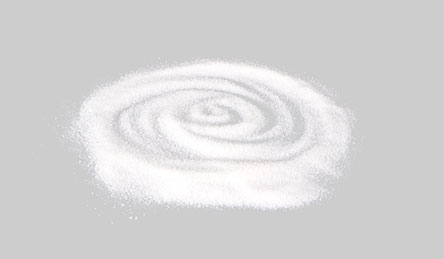
Search


A wax emulsion refers to a water-based dispersion of wax particles, stabilized with the help of emulsifiers or surfactants. It is a mixture of water and wax, where the wax particles are finely dispersed throughout the aqueous medium. The emulsion is typically milky or opaque in appearance.
The production of a water emulsion wax involves combining molten wax with water and then subjecting the mixture to mechanical agitation, such as high-speed mixing or homogenization. Emulsifiers or surfactants are added to stabilize the emulsion and prevent the wax particles from coalescing or settling.
Paraffin wax emulsions find a wide range of applications, from coatings and polishes to personal care products and industrial formulations. Creating a paraffin wax emulsion might seem complex, but with the right process and ingredients, it can be achieved with relative ease. In this blog post, as one of the professional paraffin wax producers, we'll provide you with a step-by-step guide on how to make paraffin wax emulsion, unlocking the potential for various applications.
Before we dive into the process, it's important to grasp the concept of a paraffin wax emulsion. An emulsion is a stable mixture of two immiscible substances – in this case, water and paraffin wax. The emulsion is created by breaking down the wax into tiny droplets that disperse evenly in water, resulting in a creamy and easily applicable mixture.
Here's what you'll need to make a basic wax emulsion:
Fully refined paraffin wax
Emulsifying agent (e.g., nonionic surfactant)
Distilled water
Heat-resistant containers
Mixing equipment (e.g., high-shear mixer)
Thermometer
pH meter (for advanced formulations)
Preservative (for formulations prone to microbial growth)
Step 1: Preparation
Ensure your work area is clean and free from contaminants.
Measure the required amounts of fully refined paraffin wax, emulsifying agent, and distilled water based on your desired formulation.
Step 2: Melting the Wax
Place the measured amount of paraffin wax into a heat-resistant container.
Heat the wax to its candle wax melting point using a double boiler or a controlled heating method. Stir gently until the wax is completely melted.
Step 3: Creating the Wax Phase
In a separate container, mix the emulsifying agent with a small amount of distilled water. This helps disperse the agent evenly.
Gradually add the melted paraffin wax to the emulsifying agent mixture while stirring continuously. This creates the wax phase.
Step 4: Preparing the Water Phase
Heat the remaining distilled water to a temperature that is close to the melting point of the wax phase.
Step 5: Emulsification
Slowly pour the heated water into the wax phase while continuously mixing. Use a high-shear mixer for optimal dispersion. The heat of the water helps break down the wax into small droplets that become suspended in the water.
Step 6: Cooling and Stabilization
Continue mixing the emulsion as it cools. This ensures that the wax droplets remain evenly dispersed and the emulsion stabilizes.
Step 7: Adjustments
If desired, adjust the pH of the emulsion using a pH meter and suitable pH modifiers.
Incorporate a preservative if your formulation requires protection against microbial growth.
Step 8: Packaging and Storage
Once the emulsion is cooled and stable, transfer it to suitable containers for storage. Seal the containers to prevent contamination.
Making paraffin wax emulsion might seem intricate, but with careful attention to detail and the right equipment, it becomes an accessible process. From coatings to personal care products, the versatility of paraffin wax emulsions offers a wide range of possibilities across industries. By following this step-by-step guide, you'll be equipped to create emulsions that cater to your specific needs, unlocking the potential of this dynamic solution.
Explore our website to discover the possibilities and take the first step towards achieving your goals. Don't hesitate to contact us. We look forward to serving you!